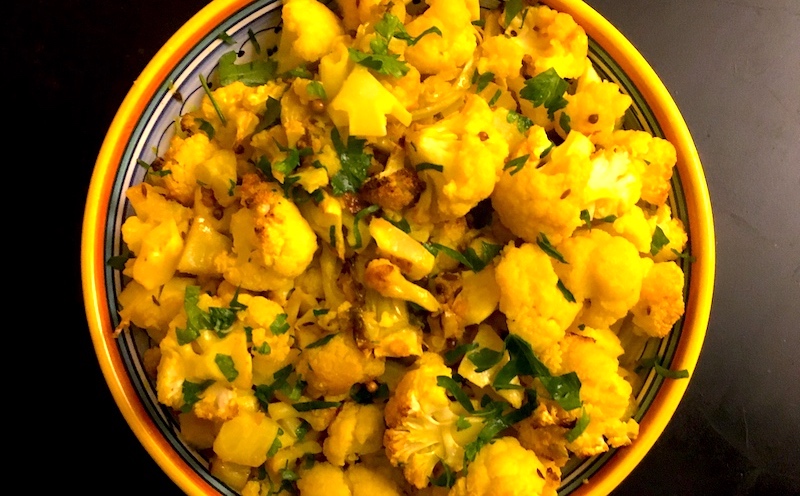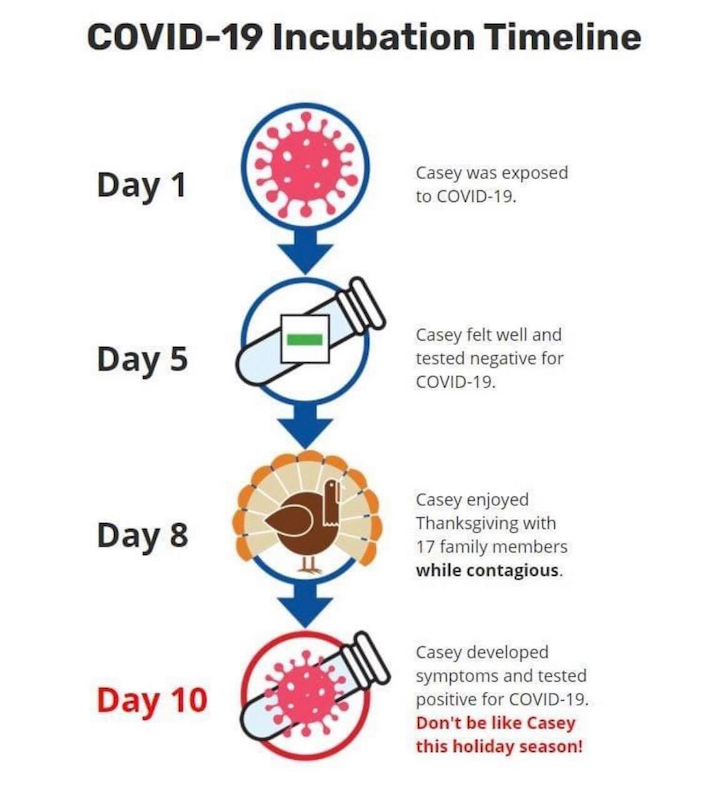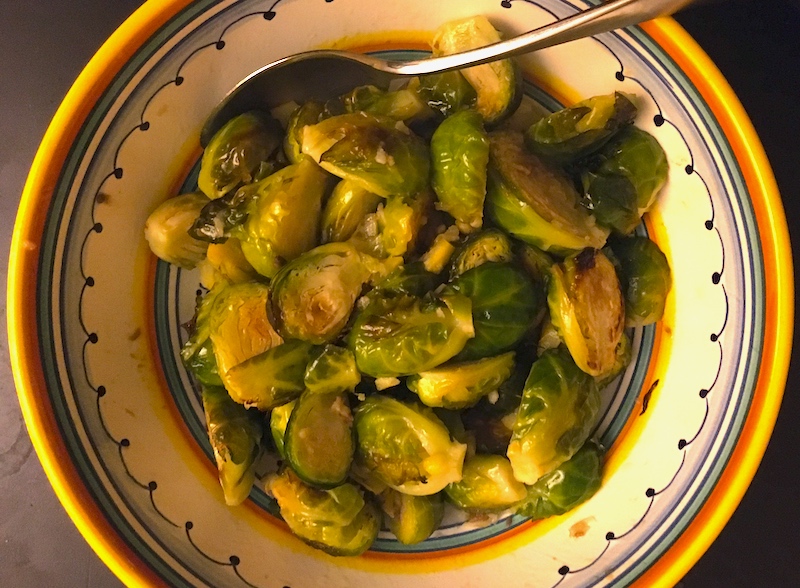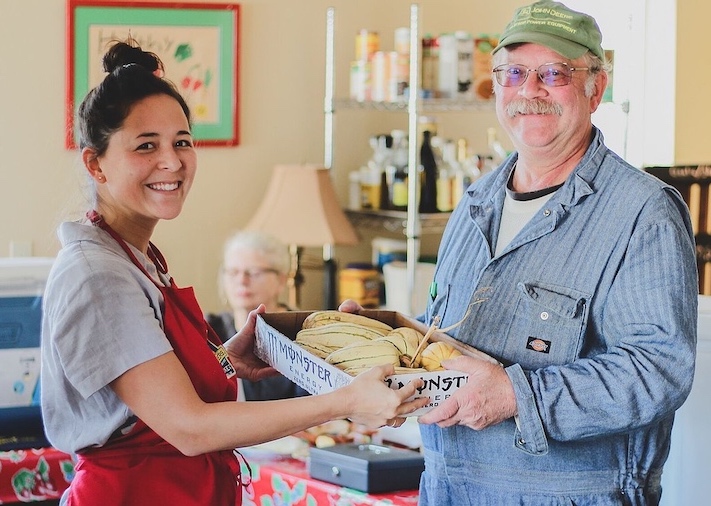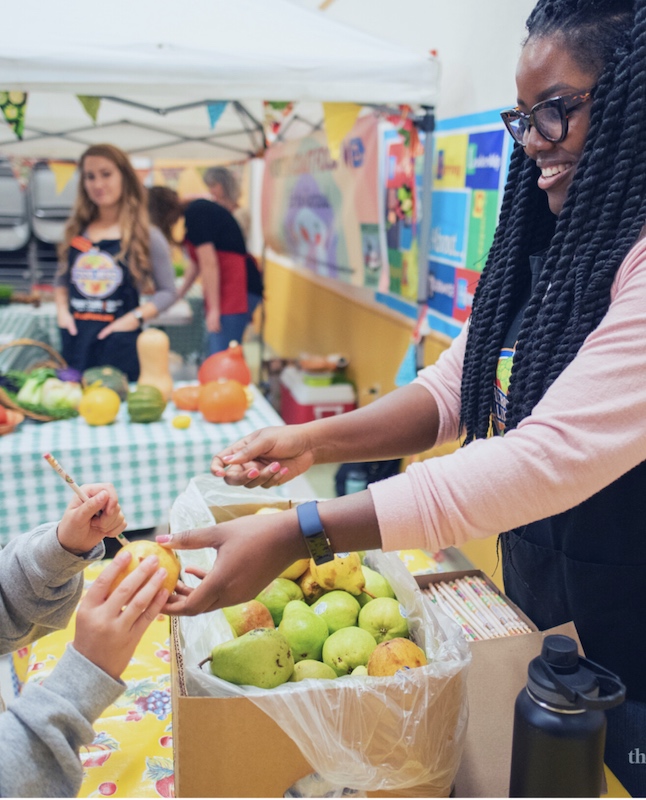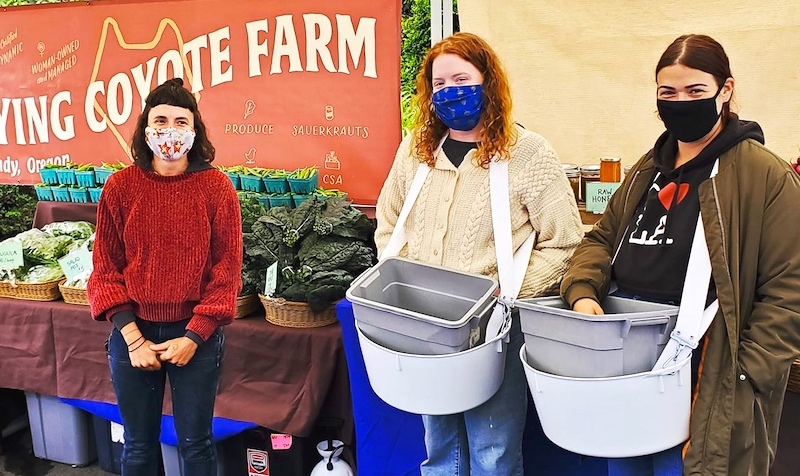
My Proudest Moments: 2020 in Review
I'm not normally a person who lives in the past, sifting through decisions or the lack thereof, weighed down with regrets (not that I don't have some, mind you). I tend to move forward instead, looking at tomorrow with anticipation of what it might bring. So it was with some trepidation that I decided to look at the major stories I posted in 2020, a year, as so many have already said, unlike any other in living memory.
First up, on January 13, was a big moment in the 14 years I've been writing Good Stuff NW, and that was a top-to-bottom redesign of this blog, originally begun as an exercise in a new marketing medium that turned into a whole new career as a journalist.
But now to the proudest moments of the last year:
Your Food, Your Legislature
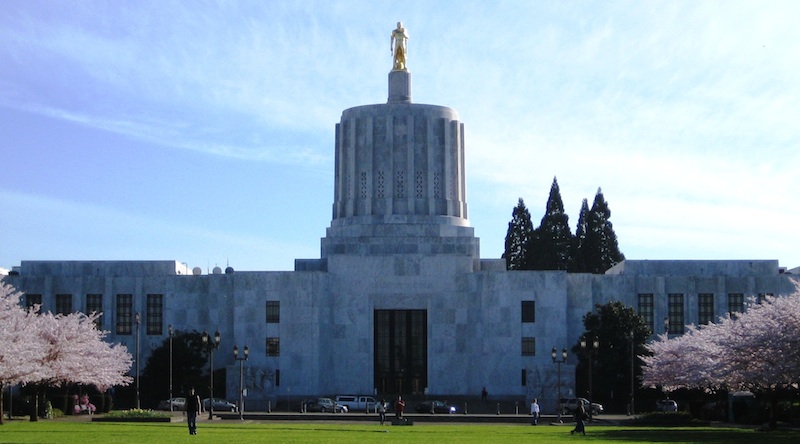
I'm extremely proud of this annual series of reports that follows Oregon's yearly legislative sessions at the Capitol in Salem, focusing on the bills that affect our food system. They give a comprehensive look at legislative process, from the inception of bills, through the committee processes that can amend, kill or pass them on to be voted on in the House and Senate chambers. These reports give you the chance to express your opinions to legislators, which I sincerely hope you do. Look for the new series to start in January on the 2021 session.
Farm Bulletin

I have been publishing contributor Anthony Boutard's missives from Ayers Creek Farm since 2007, almost exactly a year after first starting this effort. Anthony and his wife, Carol, have been instrumental in teaching me what conscientious, thoughtful, respectful farming looks like, and what it means to steward a piece of ground. His always-stunning prose, as well as his and Carol's friendship, has shaped this blog in ways beyond counting, and I encourage you to read back through them both here on the new site and in the archive. You won't be sorry.
Farmers' Markets Take on the Pandemic

When COVID-19 hit in March, there was no guarantee that our up-to-that-time robust local food system would survive. With the governor instituting a lockdown that month and with a great deal of uncertainty about how the virus was spread or how long it would last, restaurants closed down and grocery stores were being inundated with shoppers "stocking up" (i.e. panic buying) dried beans, canned goods and paper products. The future of farmers' markets was uncertain, but working with state officials and pivoting on a dime as regulations changed, our open-air markets have thrived and provided a lifeline to our small farmers. I'm proud my series of reports on this topic has kept the community informed.
Local Food Gains Traction
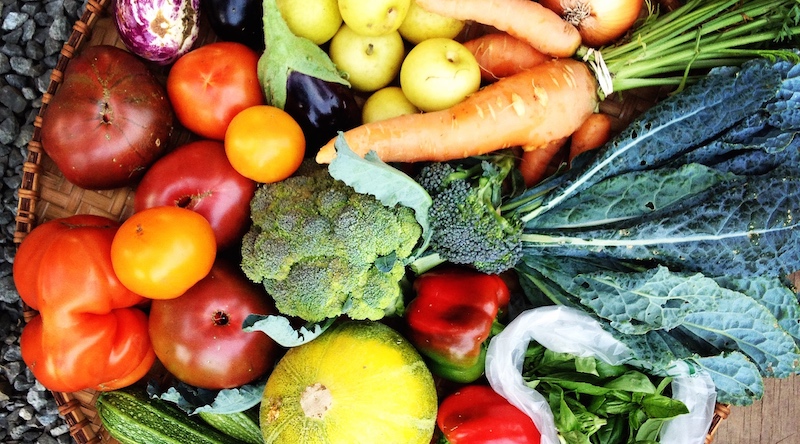
I've been so amazed and inspired by our farmers and ranchers in this pandemic, and I've been taken aback by how fervently the community has embraced and supported them during this most difficult year. From figuring out home delivery to starting Community Supported Agriculture subscriptions to holding a virtual celebration of local vegetables, our food community has proved their ability to overcome obstacles even in a pandemic.
Pesticide Contaminates "Organic" Compost
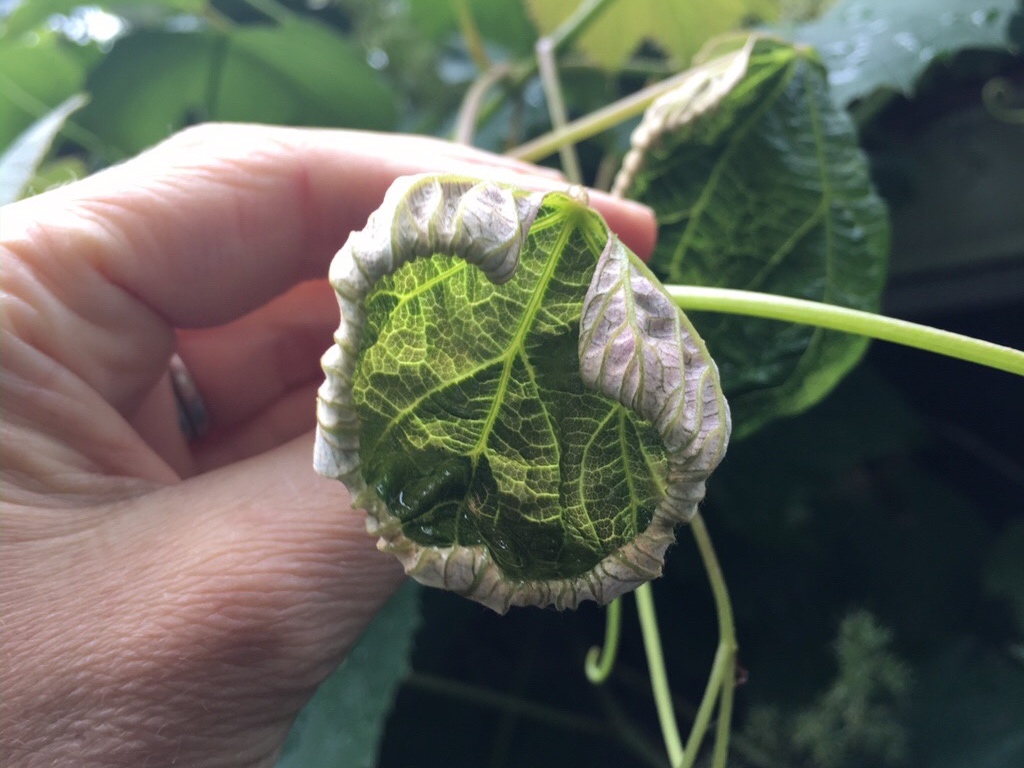
This story originated when I was talking with my neighbor about her extensive vegetable garden. She mentioned that she'd just found out that the gorgeous organic compost she bought from a supposedly reputable local company was contaminated with pesticides. The Oregon Department of Agriculture (ODA) became involved, and a lawsuit seeking compensation is in process. It's a story you can be sure I'll be following as it develops.
COVID Outbreaks Threaten Essential Food Workers
Crowded conditions and lack of proper protective equipment have proved a deadly combination among essential workers at food processing plants like those owned by Tillamook Cheese as well as workers harvesting crops in the fields.
Wildfires
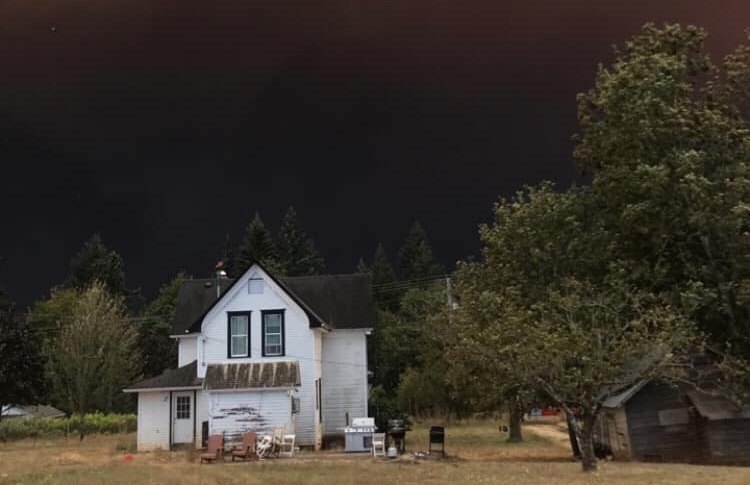
The intense wildfires that raged through Oregon this past summer and early fall had a devastating effect on our rural food system. Many of our farmers and ranchers lost homes, livestock and fields of crops ready for market, some barely making it out with their lives. Many had to move themselves and their animals multiple times to stay ahead of the unpredictable flames. This on top of a punishing pandemic that has no end in sight. Really, 2020?
Dungeness Crab: MIA

I love our local shellfish and the family-owned businesses that comprise the bulk of Oregon's coastal fishing industry. This story explains the too-opaque, behind-the-scenes machinations by powerful players stifling progress in the name of profit and hurting our food system. (Not to mention our holiday dinner plans.)
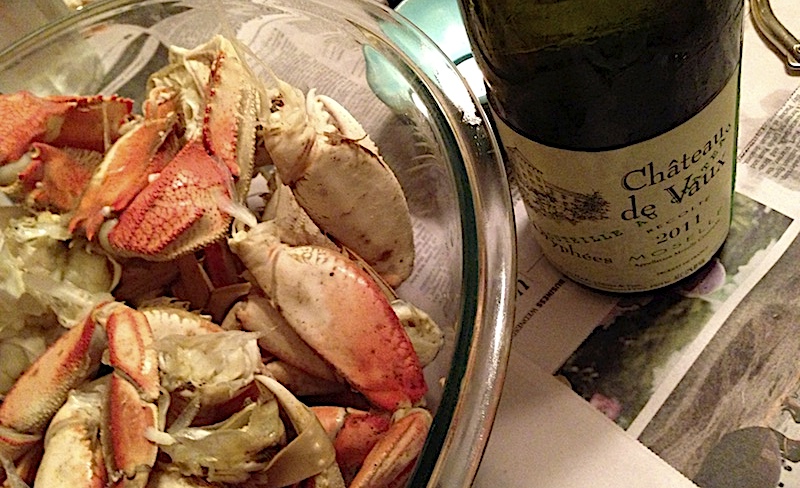
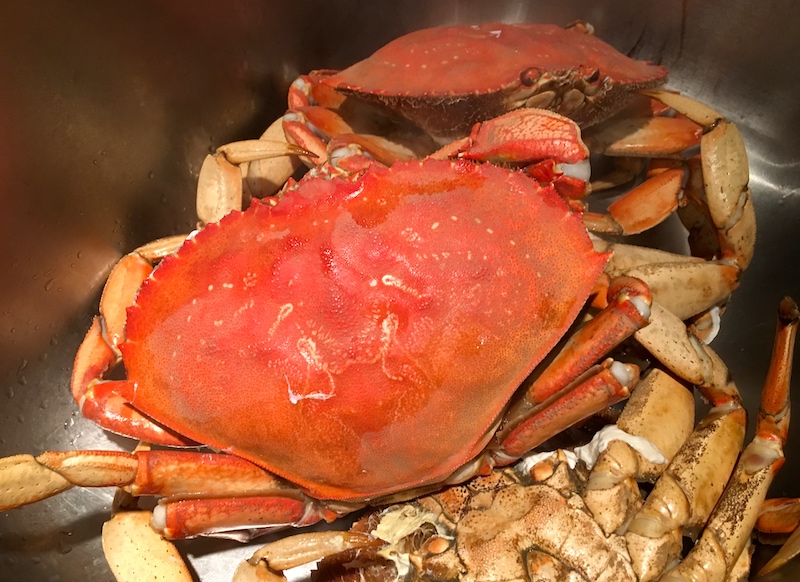
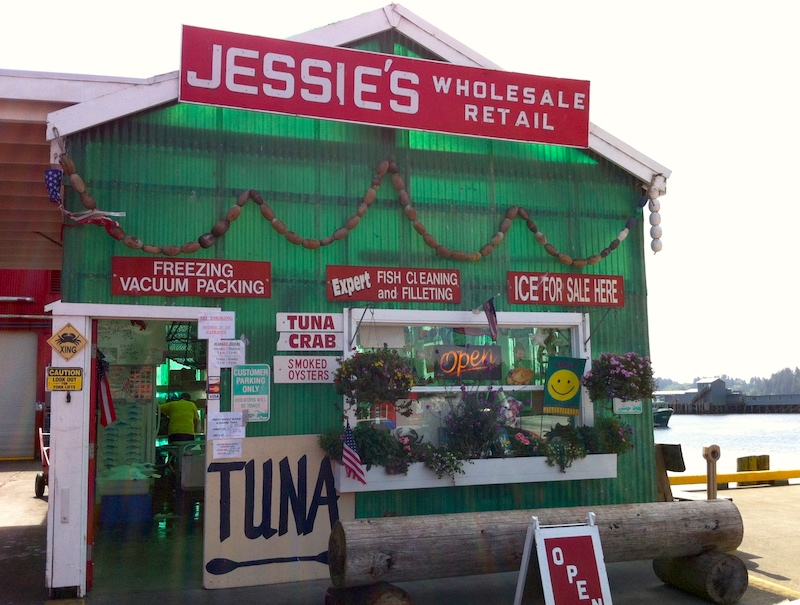
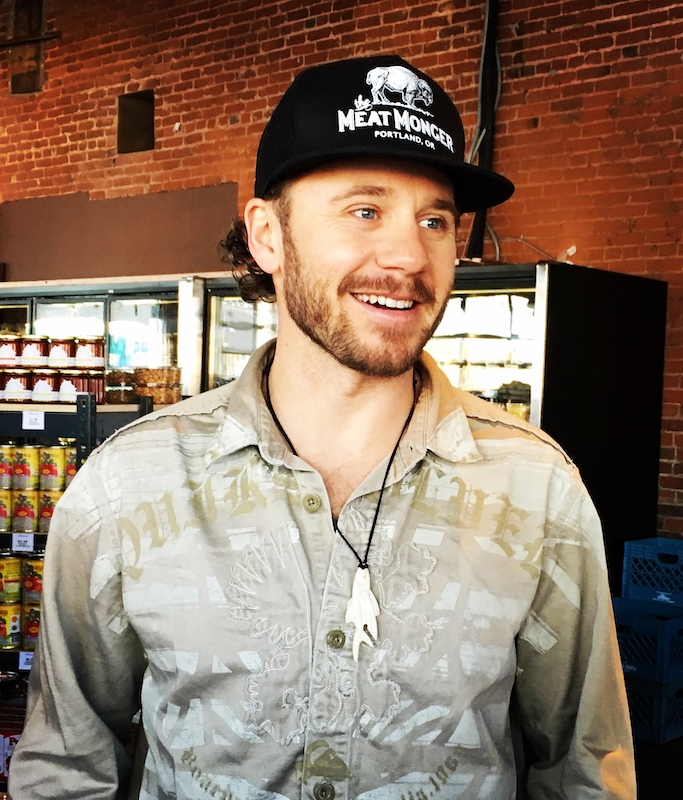
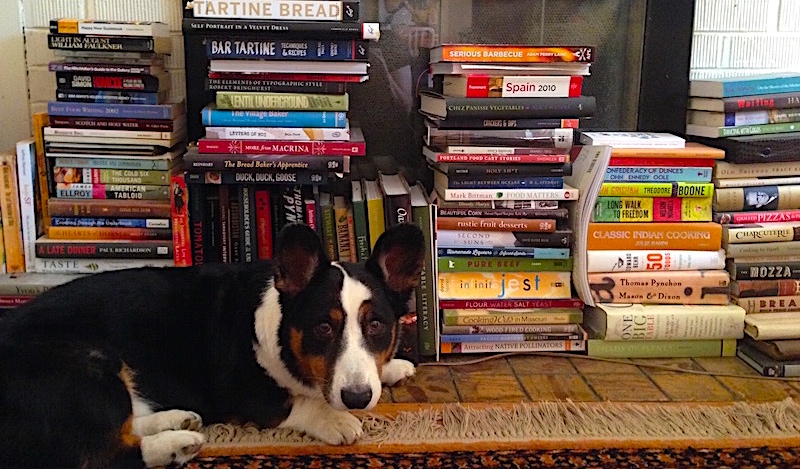
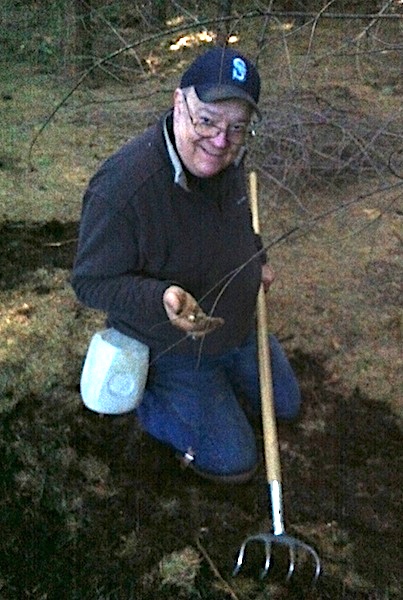 If you want to know about the fungus among us, there is no better guide than mushroom guru Jack Czarnecki, founder with his wife Heidi of the famed
If you want to know about the fungus among us, there is no better guide than mushroom guru Jack Czarnecki, founder with his wife Heidi of the famed 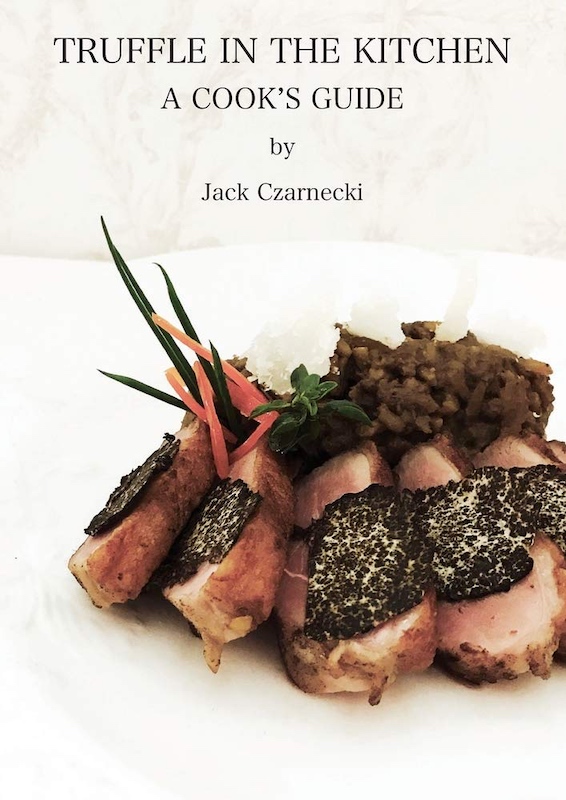 His latest effort is a cookbook, for sure, full of simple-to-prepare basics like truffle butter and oil, as well as what he terms "atmospheric infusions," along with recipes for main dishes and even desserts. But it also delves deeply into Czarnecki's background as a bacteriologist, discussing his theories on the complex relationship between our physiology and how it interacts with that of the truffle.
His latest effort is a cookbook, for sure, full of simple-to-prepare basics like truffle butter and oil, as well as what he terms "atmospheric infusions," along with recipes for main dishes and even desserts. But it also delves deeply into Czarnecki's background as a bacteriologist, discussing his theories on the complex relationship between our physiology and how it interacts with that of the truffle.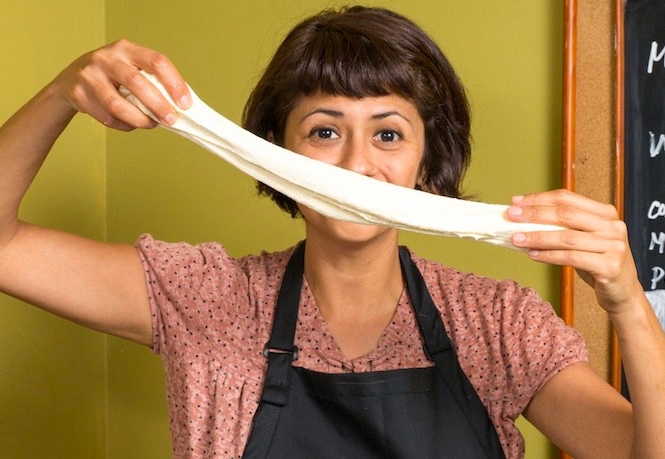 No one I know has worked harder to spread the gospel of cheese and how easy it is to make at home than local cheese maven
No one I know has worked harder to spread the gospel of cheese and how easy it is to make at home than local cheese maven 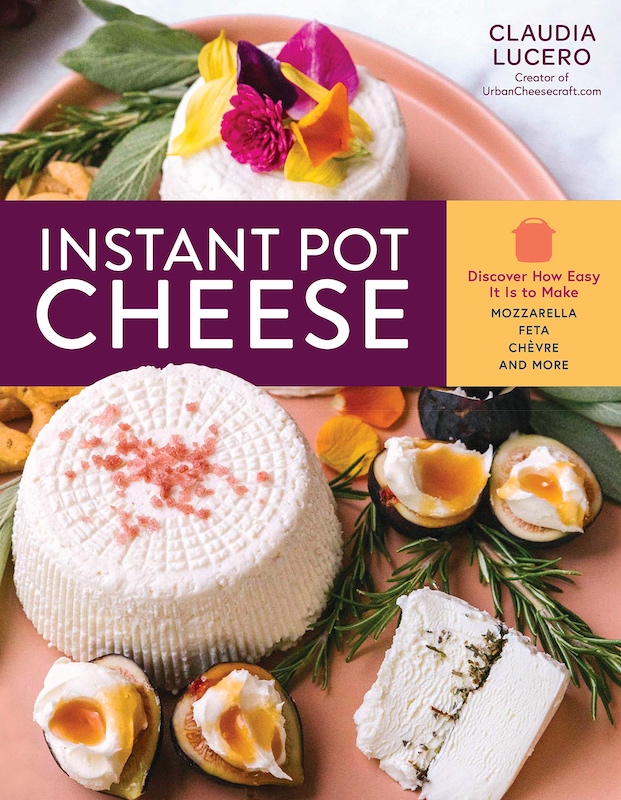 The viral success of the Instant Pot cooker got Lucero to thinking about how this appliance might be used to make cheese. After all, it can be used to do just about anything: caramelize onions, boil eggs, steam rice, so it seemed sensible to her that the cooker's accurate and consistent temperatures should make it an ideal tool for cheesemaking.
The viral success of the Instant Pot cooker got Lucero to thinking about how this appliance might be used to make cheese. After all, it can be used to do just about anything: caramelize onions, boil eggs, steam rice, so it seemed sensible to her that the cooker's accurate and consistent temperatures should make it an ideal tool for cheesemaking.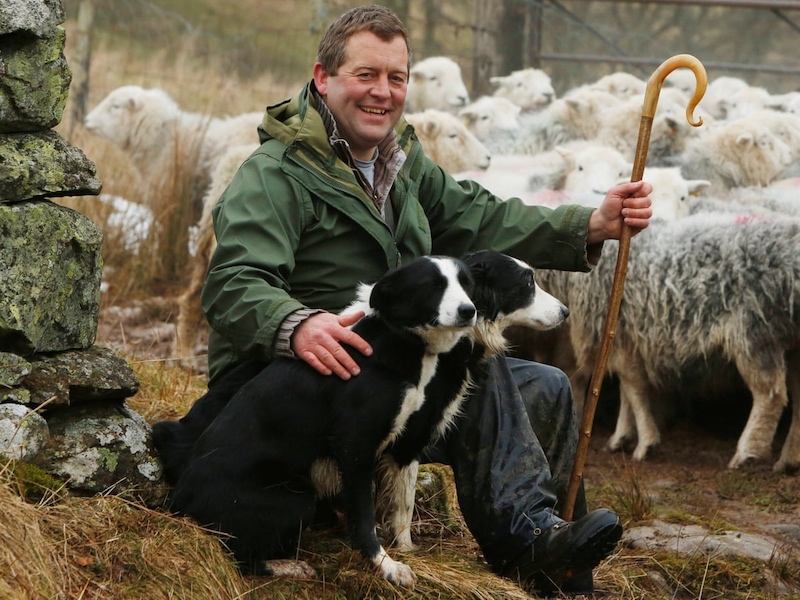 I first became acquainted with James Rebanks through, believe it or not, his
I first became acquainted with James Rebanks through, believe it or not, his  Deeply rooted in the land Rebanks' family has farmed for generations,
Deeply rooted in the land Rebanks' family has farmed for generations, 

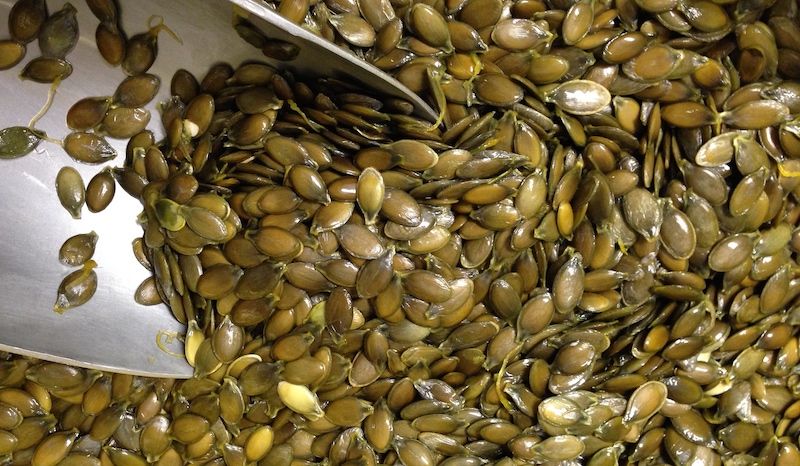
 Styrian pumpkin seed oil, kürbiskernöl, is a Protected Geographic Indication (DOC, AOC equivalent) reserved for oil pressed from seeds grown in Styria. There are especially adapted machines for harvesting the fruits and extracting their seeds. For extraction of the oil, the washed and dried seeds are milled, turned into a paste with addition of water and salt, roasted and then pressed for their oil. As with other finely-crafted foods, other places have scrambled to find ways to cut corners and manufacture something cheaper, lacking the spirit of the original.
Styrian pumpkin seed oil, kürbiskernöl, is a Protected Geographic Indication (DOC, AOC equivalent) reserved for oil pressed from seeds grown in Styria. There are especially adapted machines for harvesting the fruits and extracting their seeds. For extraction of the oil, the washed and dried seeds are milled, turned into a paste with addition of water and salt, roasted and then pressed for their oil. As with other finely-crafted foods, other places have scrambled to find ways to cut corners and manufacture something cheaper, lacking the spirit of the original. Those original purchased seeds were a messy lot as well, producing seeds with qualities that made them less than desirable for simply eating whole. More widget thinking. Most problematic were seeds that split or germinated in the fruit; some even had roots. These seeds contained the bitter compound cucurbitacin and spoiled one’s gustatory moment. These very bitter, toxic compounds are water-soluble, so they may not affect quality of the oil, but when chewing the seed their awfulness lingers. The seeds also varied in size and some retained a hard rim detracting from their pleasure for consumption as whole seeds. Undeterred, we decided to embark on improving the plant's genetics and our management of the fruits.
Those original purchased seeds were a messy lot as well, producing seeds with qualities that made them less than desirable for simply eating whole. More widget thinking. Most problematic were seeds that split or germinated in the fruit; some even had roots. These seeds contained the bitter compound cucurbitacin and spoiled one’s gustatory moment. These very bitter, toxic compounds are water-soluble, so they may not affect quality of the oil, but when chewing the seed their awfulness lingers. The seeds also varied in size and some retained a hard rim detracting from their pleasure for consumption as whole seeds. Undeterred, we decided to embark on improving the plant's genetics and our management of the fruits.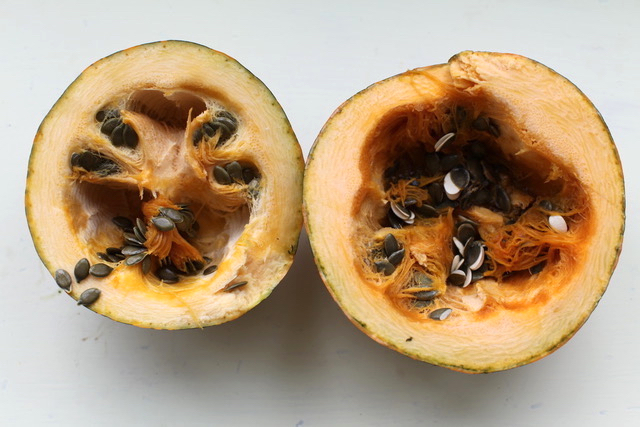 Fruits in the Cucumber family typically have three placentas forming six paired rows of seeds, easy to see in the lefthand fruit. (That fruit is not very interesting, aside from being a perfect fruit for setting aside as a seed source. For our purposes, an uninteresting pumpkin is the gold standard.) Each placental pair is usually pollinated by a cluster of pollen grains from a single plant. You see this by looking closely at the interesting fruit on the right. The seeds in the lower lefthand placental pair have not split, while the seeds of the other two pairs have opened up showing their white cotyledons. This shows that the splitting of the seeds in the fruit has a genetic component. The observation means we can reduce seed splitting by selecting against the trait.
Fruits in the Cucumber family typically have three placentas forming six paired rows of seeds, easy to see in the lefthand fruit. (That fruit is not very interesting, aside from being a perfect fruit for setting aside as a seed source. For our purposes, an uninteresting pumpkin is the gold standard.) Each placental pair is usually pollinated by a cluster of pollen grains from a single plant. You see this by looking closely at the interesting fruit on the right. The seeds in the lower lefthand placental pair have not split, while the seeds of the other two pairs have opened up showing their white cotyledons. This shows that the splitting of the seeds in the fruit has a genetic component. The observation means we can reduce seed splitting by selecting against the trait.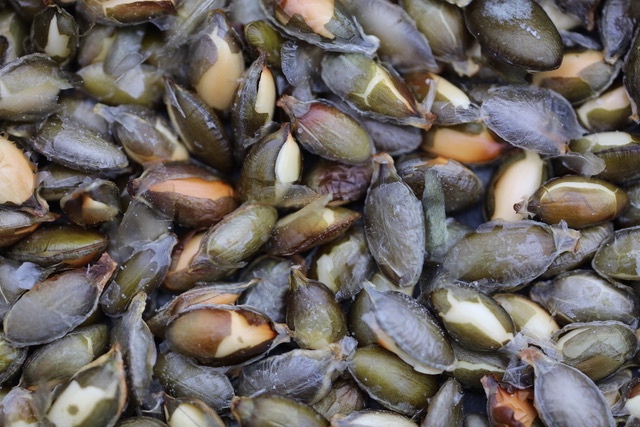 Alas, as those seeds dried they smelled exactly like vomit, an awful odor that lingered even when they were dry. We ended up giving nearly 150 pounds of dried pumpkin seeds to our friend’s pigs. A very expensive loss for us. Just the harvest, extraction, cleaning and drying of a pound of seeds required a half hour of labor. That did not include the growing of the plants, an additional expense. The last two years entailed taking baby steps to figure out where we went wrong.
Alas, as those seeds dried they smelled exactly like vomit, an awful odor that lingered even when they were dry. We ended up giving nearly 150 pounds of dried pumpkin seeds to our friend’s pigs. A very expensive loss for us. Just the harvest, extraction, cleaning and drying of a pound of seeds required a half hour of labor. That did not include the growing of the plants, an additional expense. The last two years entailed taking baby steps to figure out where we went wrong.
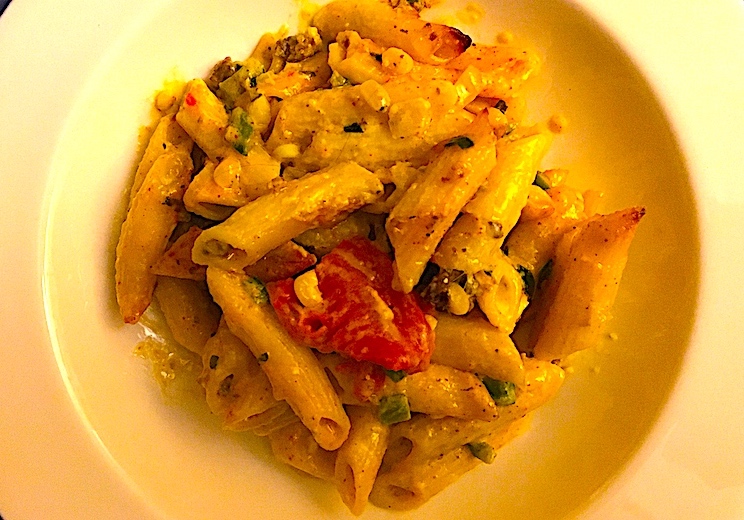 And when you're in the middle of a pandemic and can't pop out to the store to pick up some ingredients on the fly to make a special dish, it's especially necessary to be creative with what you've got on hand. Which is where casseroles or stir-fries come in handy, since they cover all the food groups—starch, veg, protein—and are warm, belly-filling and can be zhooshed with spices, herbs and condiments to tickle any palate.
And when you're in the middle of a pandemic and can't pop out to the store to pick up some ingredients on the fly to make a special dish, it's especially necessary to be creative with what you've got on hand. Which is where casseroles or stir-fries come in handy, since they cover all the food groups—starch, veg, protein—and are warm, belly-filling and can be zhooshed with spices, herbs and condiments to tickle any palate.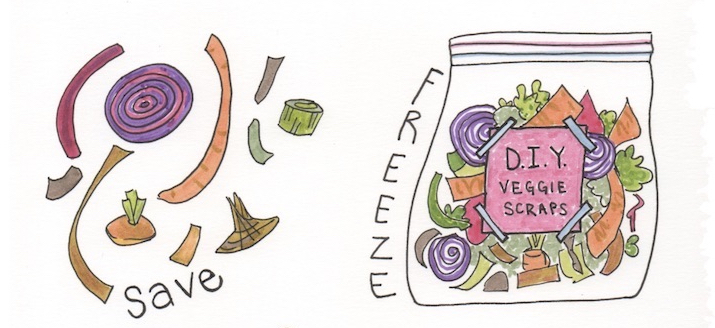
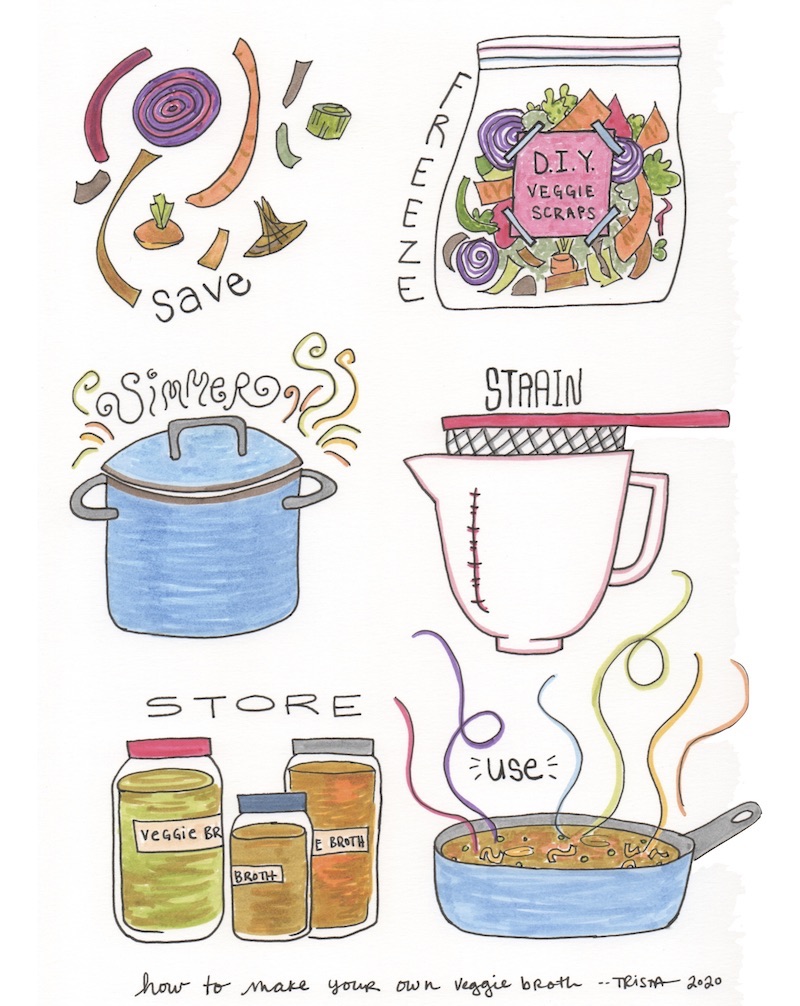 Cornelius writes in
Cornelius writes in 